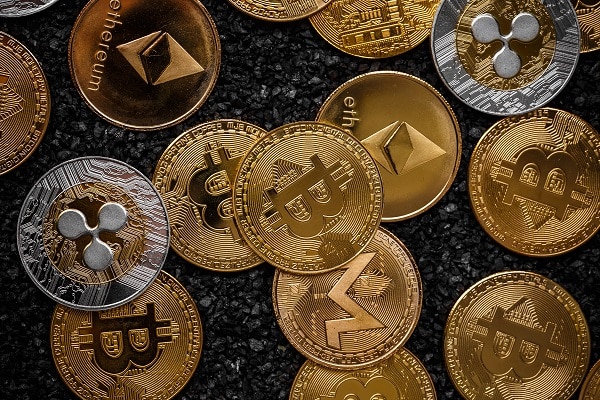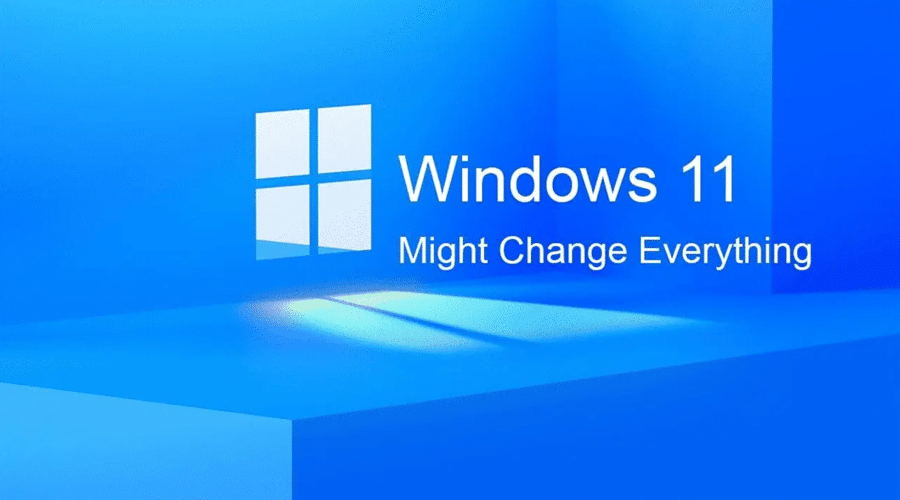Bitcoin is the first and most well-known cryptocurrency, but it’s not the only one. Several other cryptocurrencies have developed in recent years, and some of them offer features that Bitcoin does not. This blog post will discuss seven alternative cryptocurrencies to Bitcoin and give an overview of each one.
Contents
Cardano (ADA)

Bitcoin isn’t the only cryptocurrency on the rise. There are many alternatives to Bitcoin that are gaining in popularity. One such cryptocurrency is Cardano. Like Bitcoin, Cardano is a decentralized digital currency that uses blockchain technology. However, Cardano has several advantages over Bitcoin. For one, Cardano uses a unique proof-of-stake algorithm that is more energy-efficient than Bitcoin’s proof-of-work algorithm.
Additionally, Cardano supports smart contracts, which allow for the creation of decentralized applications. Finally, Cardano has a strong team of developers who constantly work to improve the currency. As a result, Cardano is well-positioned to become a major player in the cryptocurrency market.
Ethereum (ETH)

Ethereum was proposed in 2013 by Vitalik Buterin, a cryptocurrency researcher and programmer. Bitcoin’s success inspired him, but he thought that Bitcoin was limited because it could only be used as a currency. He designed Ethereum to be much more than just a digital currency. It is a decentralized platform that can run smart contracts: applications that run exactly as programmed without any possibility of fraud or third-party interference. Ethereum is the second-largest cryptocurrency by market capitalization after Bitcoin.
In the Ethereum protocol and blockchain, there is a price for each operation. The general ledger is a database that stores all the past transactions, and every node in the network has a copy of the general ledger. These nodes validate and relay transactions they receive. Miners produce blocks that the others check for validity.
Each valid block contains a hash of the previous block, thus forming the so-called “blockchain,” an immutable, chronological chain of blocks. Blocks are mined by miners who then receive ether as a reward. Ethereum provides a cryptocurrency token called “Ether,” which can be transferred between accounts and used to compensate participant nodes for computations performed. “Gas,” an internal transaction pricing mechanism, is used to prevent spam on the network and allocate resources proportionally to the incentive offered by request.
Litecoin (LTC)

While Bitcoin has long been the dominant player in the cryptocurrency market, many alternatives have emerged in recent years. One of the most popular is Litecoin, created in 2011 as a fork of the Bitcoin code. Like Bitcoin, Litecoin uses a blockchain to record transactions and provide security. However, there are a few key differences between the two cryptocurrencies. Litecoin generates new blocks four times faster than Bitcoin, meaning that transactions can be confirmed more quickly.
In addition, Litecoin uses a different mining algorithm, which is designed to be more resistant to ASIC mining hardware. As a result, Litecoin mining is more accessible to individuals and small groups. Finally, Litecoin has a slightly higher maximum supply than Bitcoin. Litecoin is often described as the silver to Bitcoin’s gold. While it does not have the same name recognition or market capitalization level, Litecoin is a popular choice for those looking for an alternative to Bitcoin. As of January 2022, Litecoin had a market cap of $13 billion.
Polkadot (DOT)

Introduced in 2016, Polkadot is a cryptocurrency that serves as an alternative to Bitcoin. Polkadot is built on a network of “parachains,” which are chains that can communicate with each other and share data. This makes Polkadot more scalable and flexible than Bitcoin, which only allows for communication between two chains. Polkadot also uses a different consensus algorithm than Bitcoin, called the “Parachain Slot Auction.”
This auction allows validators to bid on the right to validate a block, which reduces the risk of double-spending and 51% attacks. As a result, Polkadot is more secure than Bitcoin. In addition, Polkadot supports smart contracts and token transfers, making it a more versatile platform. As the cryptocurrency market continues to grow, Polkadot is poised to become a major player.
Ripple (XRP)

Ripple is a cryptocurrency that was introduced in 2012. Ripple is different than most cryptocurrencies because it is not decentralized. Instead, it uses a network of nodes managed by a company called Ripple Labs. Ripple Labs is also the company behind the Ripple protocol, which facilitates international payments. The main advantage of Ripple is that you can use it to make speedy and cheap payments.
For example, you can settle a payment using Ripple in just four seconds. In addition, Ripple transactions are very cheap, with a fee of just $0.000001 per transaction. As a result, Ripple is a popular choice for those looking to make quick and inexpensive payments.
Stellar (XLM)

Stellar is a cryptocurrency that was created in 2014. Stellar is similar to Ripple in that it facilitates fast and cheap payments. However, there are a few key differences between the two. For one, Stellar is decentralized, while Ripple is not. Additionally, Stellar uses its own consensus algorithm, called the “Stellar Consensus Protocol.” This protocol allows for faster and cheaper payments than the Ripple protocol. Finally, Stellar has a lower transaction fee than Ripple. As a result, Stellar is a popular choice for those looking for an alternative to Ripple.
IOTA (MIOTA)

IOTA is a cryptocurrency that was created in 2015. IOTA is different than other cryptocurrencies because it uses a “tangle” instead of a blockchain. The tangle is a directed acyclic graph, which allows for faster and more scalable transactions. Additionally, IOTA is designed to be used with the Internet of Things (IoT). The IoT is a network of devices that are connected to the internet. IOTA allows these devices to communicate with each other and make payments. As the IoT continues to grow, IOTA is well-positioned to become a major player in the cryptocurrency market.
Conclusion
In conclusion, there are many cryptocurrency alternatives to Bitcoin. Each of these alternatives has its own unique features and advantages. As the cryptocurrency market continues to grow, we can expect to see more innovation and development in this space.


